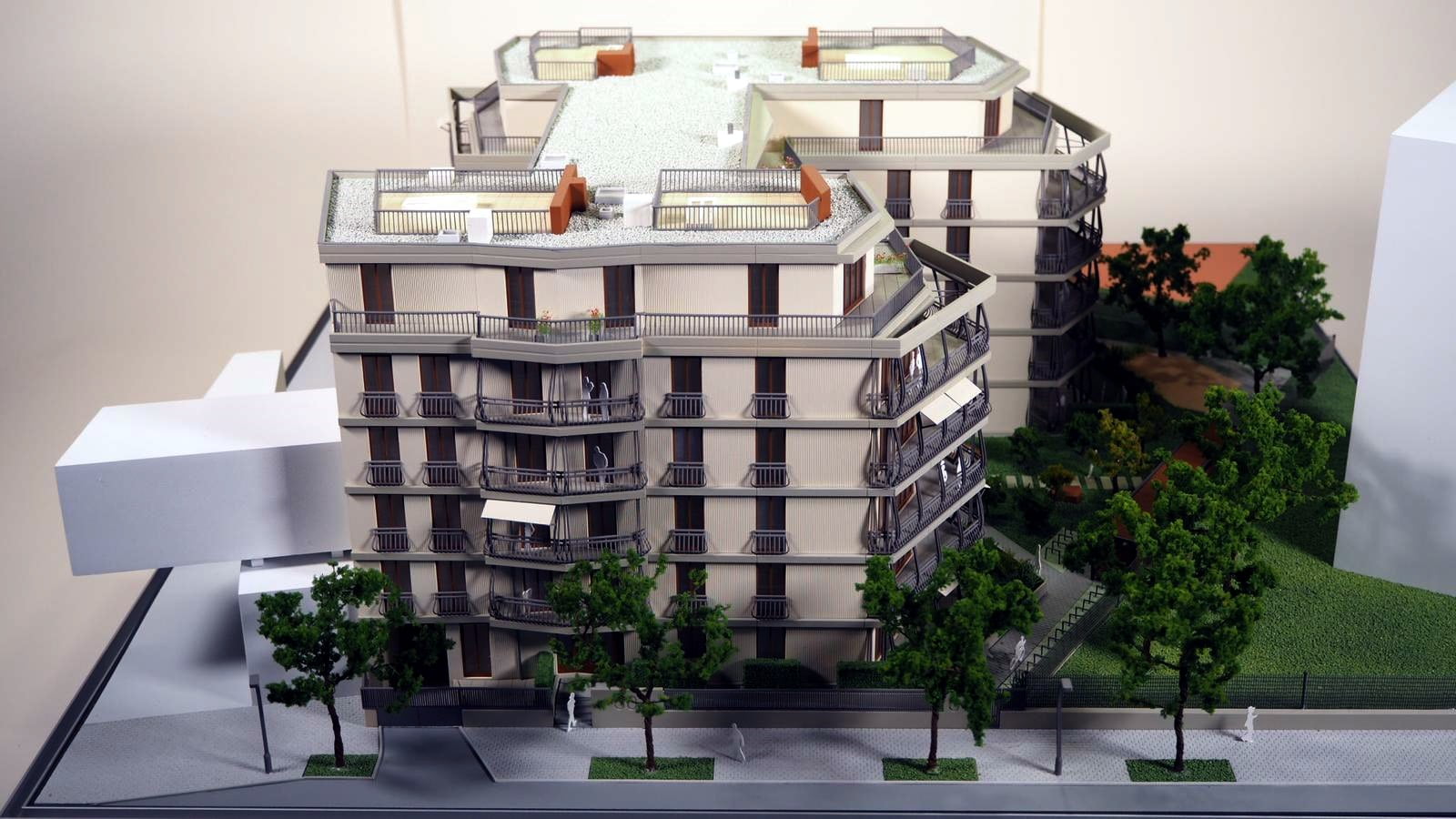City planning models have evolved into essential tools for envisioning the development and organization of urban spaces. These models serve as frameworks that inform decision-making processes regarding land use, infrastructure, and public services. A city planning model encompasses various components that are crucial for developing sustainable and functional urban environments. In this comprehensive guide, we will explore the definitions, importance, types, technological advancements, implementation strategies, and success evaluation of city planning models.
Defining City Planning Models
City planning models can be defined as representations that outline the spatial structure and organization of urban environments. These models illustrate how different zones within a city interact and function, helping planners to visualize proposed developments and their potential impacts on community dynamics. Various forms of city planning models exist, including physical models, computerized simulations, and theoretical frameworks, each offering distinct advantages for urban planners.
The Importance of City Planning Models
The significance of city planning models cannot be overstated. They allow urban planners and city officials to:
- Visualize Urban Development: Models provide a tangible representation of proposed changes, enabling stakeholders to grasp complex changes easily.
- Facilitate Informed Decision-Making: With data-driven insights, planners can assess the potential social, economic, and environmental impacts of different planning scenarios.
- Engage the Community: Models can help communicate plans to the public, fostering transparency and community involvement in decision-making processes.
Key Components of Effective City Planning Models
Effective city planning models incorporate several key components:
- Land Use Patterns: Identifying and categorizing different land uses (residential, commercial, industrial) is fundamental to urban planning.
- Infrastructure Planning: Models must account for transportation networks, utilities, and public services to ensure efficient urban development.
- Environmental Considerations: Sustainable models incorporate green spaces and account for ecological impacts and climate resilience.
- Socioeconomic Factors: Understanding the community’s demographics and economic conditions is crucial for tailoring planning efforts to meet residents’ needs.
Types of City Planning Models
Traditional vs. Modern City Planning Models
City planning approaches have transformed over time, leading to distinct categorizations of models. Traditional models are often characterized by hierarchical structures and top-down decision-making, where planners dictate development outcomes. In contrast, modern city planning models focus on inclusivity and community engagement, utilizing a collaborative approach that welcomes input from stakeholders at all levels.
Case Studies of Successful City Planning Models
Several cities worldwide serve as exemplary case studies demonstrating the effectiveness of well-structured city planning models:
- Copenhagen, Denmark: Known for its successful integration of cycling infrastructure within urban planning, Copenhagen’s model emphasizes sustainable transportation methods, which has reduced traffic congestion and improved public health.
- Portland, Oregon: The city champions a compact urban form to promote mixed-use development, integrating parks and nature into urban spaces while enhancing walkability.
- Singapore: The city-state utilizes comprehensive master planning to balance economic growth, housing, and environmental sustainability, resulting in a vibrant and efficient metropolis.
Emerging Trends in City Planning Models
As urban environments become increasingly complex, new trends in city planning models are emerging. These include:
- Smart Cities: Leveraging technology to enhance urban services and improve the quality of life through real-time data analysis and connectivity.
- Resilience Planning: Developing models that prepare cities for climate change and natural disasters, emphasizing adaptability and sustainability.
- Participatory Planning: Engaging communities in the planning process to ensure developments reflect the needs and desires of local residents.
The Role of Technology in City Planning Models
3D Visualization Tools
One of the most significant advancements in city planning is the advent of 3D visualization tools. These tools enable planners to create dynamic representations of urban spaces, allowing for better interpretation of design concepts:
- Enhanced user engagement and feedback.
- Improved analysis of spatial relationships and land use.
With platforms like 3D Cityplanner, urban planners can visualize and manipulate city models effectively to evaluate different planning scenarios beyond traditional 2D maps.
Data-Driven Planning Techniques
Incorporating data analytics into city planning models enhances their effectiveness. Planners utilize various data sources, including demographic information, economic indicators, and traffic patterns, to drive informed decision-making:
- GIS Technology: Geographic Information Systems (GIS) allow planners to analyze spatial data and generate insightful maps that reflect current and projected trends.
- Predictive Analytics: These techniques help forecast future urban developments based on historical data, enabling proactive responses to potential issues.
Integrating Smart Technologies
Integrating smart technologies is pivotal in modern city planning models. These technologies include IoT devices, AI algorithms, and smart infrastructure that enhance urban living:
- Smart Mobility Solutions: Integrating public transport systems with real-time data improves the efficiency of urban transportation networks.
- Energy Management: Smart grids and energy-efficient buildings reduce urban energy consumption and promote sustainability.
Implementing City Planning Models
Steps for Developing a City Planning Model
Creating a city planning model involves several critical steps:
- Research and Data Collection: Gather relevant socioeconomic and environmental data pertinent to the urban area.
- Community Engagement: Facilitate public meetings and discussions to gather input from residents and stakeholders.
- Model Development: Construct models based on collected data and input, considering key components such as land use, infrastructure, and demographics.
- Analysis and Refinement: Evaluate the model to identify potential issues and refine it based on feedback and analytical results.
- Implementation: Put the model into practice using appropriate policies, regulations, and monitoring frameworks.
Common Challenges and Solutions
Despite careful planning, various challenges may arise when implementing city planning models:
- Community Resistance: Engaging the community throughout the planning process can mitigate resistance through transparency and active participation.
- Data Limitations: Ensure robust data collection methods to minimize gaps and inaccuracies in planning models.
- Funding Constraints: Exploring diverse funding sources, including public-private partnerships, can alleviate financial barriers to implementing models.
Best Practices for Effective Implementation
To ensure successful implementation of city planning models, consider these best practices:
- Inclusive Planning: Foster collaboration among diverse stakeholder groups to gain valuable insights and build consensus.
- Continuous Monitoring: Establish performance indicators to evaluate progress and adapt plans based on real-time feedback.
- Flexibility: Be prepared to adapt planning models based on changing circumstances, ensuring they remain relevant and effective.
Evaluating the Success of City Planning Models
Performance Metrics and Indicators
Evaluating the success of city planning models requires clear performance metrics. Key indicators include:
- Land Use Efficiency: Assessing the utilization of space to maximize functionality and accessibility.
- Community Satisfaction: Measuring the quality of life and satisfaction levels among residents post-implementation.
- Environmental Impact: Evaluating the model’s effects on local ecosystems and sustainability outcomes.
Community Feedback and Iteration
Continuous feedback from the community is essential for evaluating city planning models. Mechanisms such as surveys, public forums, and social media platforms can provide invaluable insights into residents’ perceptions and experiences.
Long-term Impacts of City Planning Models
The long-term impacts of effective city planning models manifest in enhanced urban living environments, sustainable resource management, and resilient communities. Cities that prioritize comprehensive planning are better equipped to navigate challenges, adapt to growth, and meet the evolving needs of their populations.



